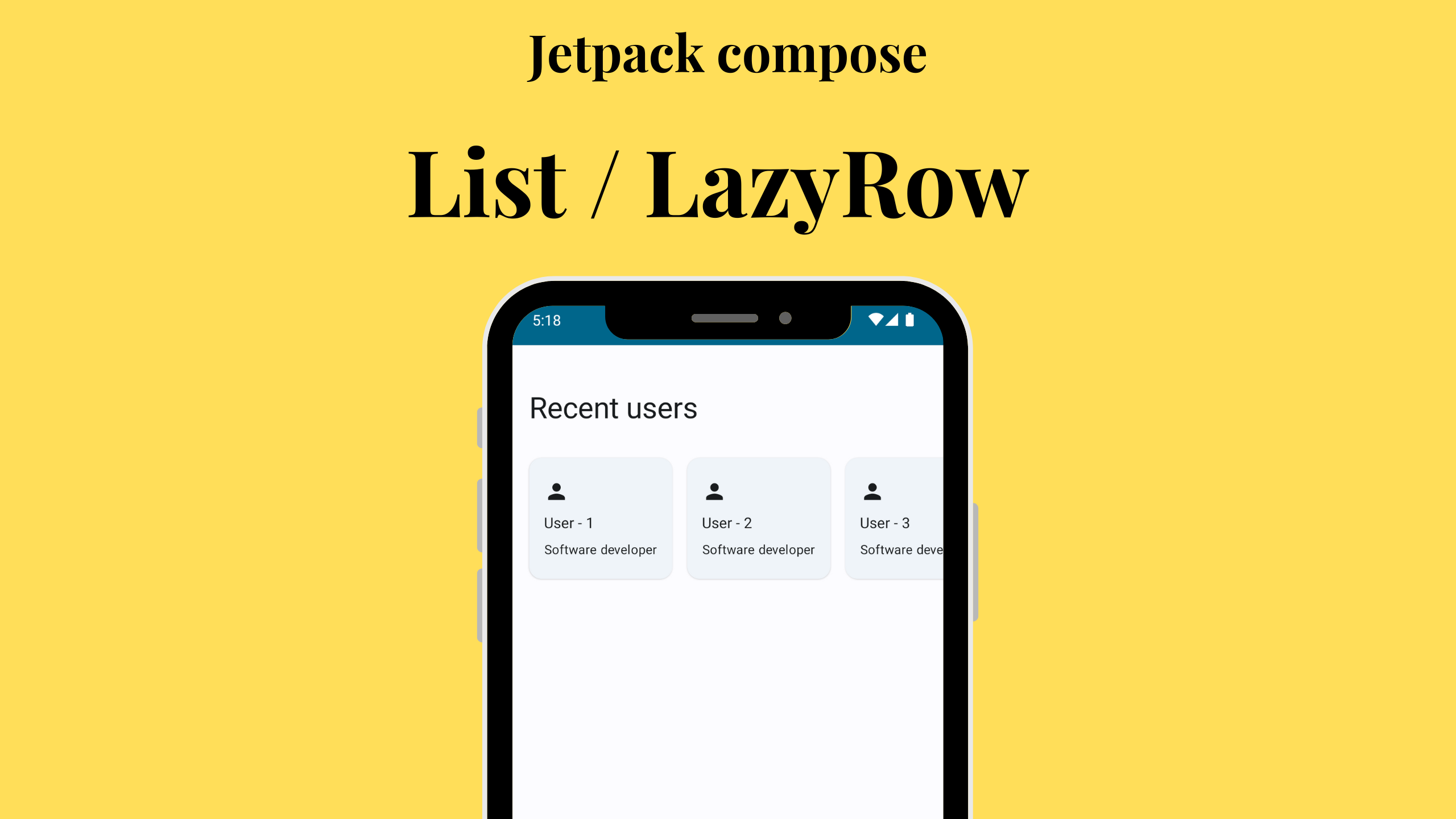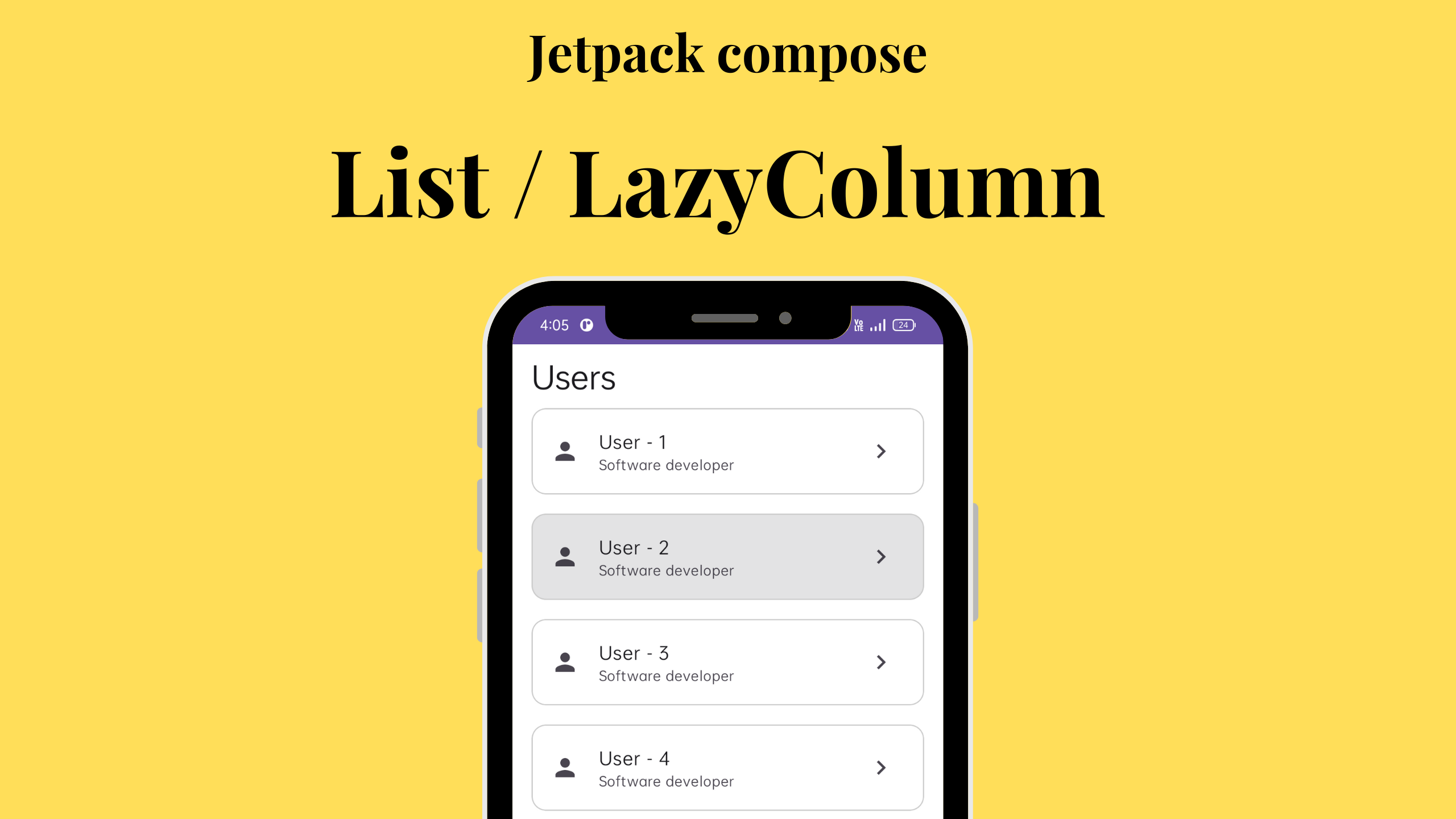Introduction
Kotlin, a modern programming language for Android app development and beyond, brings a variety of features that make coding more concise and expressive. Two of the most significant features are lambdas and higher-order functions. In this blog post, we’ll demystify these concepts in plain language and provide simple examples to help you grasp their power.
What are Kotlin Lambdas?
At its core, a lambda is a block of code that you can pass around as if it were an object. In simpler terms, it’s like a mini-function that you can define on the spot and use wherever you need it.
Syntax of a Lambda
Here’s the basic structure of a Kotlin lambda:
{ parameters -> body }{ }: The curly braces enclose the lambda expression.parameters: These are optional and represent the input values your lambda can take.->: This arrow separates the parameters from the body of the lambda.body: This is where you define what the lambda does with the input and what it returns.
Examples of Kotlin Lambdas
Let’s look at some practical examples:
Example 1: Sorting with Lambdas
You can use lambdas to define custom sorting logic easily. Here, we’re sorting a list of names in descending order:
val names = listOf("Alice", "Bob", "Charlie")
val sortedNames = names.sortedByDescending { it.length }
println(sortedNames)Example 2: Filtering with Lambdas
Lambdas are handy for filtering elements in a list based on a condition:
val numbers = listOf(1, 2, 3, 4, 5, 6)
val evenNumbers = numbers.filter { it % 2 == 0 }
println(evenNumbers)What are Kotlin Higher-Order Functions?
Higher-order functions (HOFs) are functions that can accept other functions as arguments or return them as results. They are a powerful way to abstract and reuse code.
Benefits of Higher-Order Functions
- Code Reusability: You can pass different functions to the same HOF to achieve various results.
- Abstraction: HOFs allow you to separate the what (the function) from the how (the HOF).
Examples of Kotlin Higher-Order Functions
Example 1: map – Transforming Elements
The map function applies a given lambda to each element in a collection, creating a new collection with the transformed results:
val numbers = listOf(1, 2, 3, 4, 5)
val squaredNumbers = numbers.map { it * it }
println(squaredNumbers)Example 2: run – Simplifying Object Configuration
The run extension function is a higher-order function often used for configuring objects concisely:
class Person(var name: String, var age: Int)
val person = Person("Alice", 30).run {
age += 5
this // return the modified object
}
println(person.name) // "Alice"
println(person.age) // 35Wrapping up
Kotlin lambdas and higher-order functions are powerful tools that can simplify your code and make it more expressive. Understanding these concepts opens up a world of possibilities for writing cleaner and more efficient Kotlin code. Start experimenting with them in your projects, and you’ll soon discover their value in improving your coding experience. Happy coding!




Leave a Reply